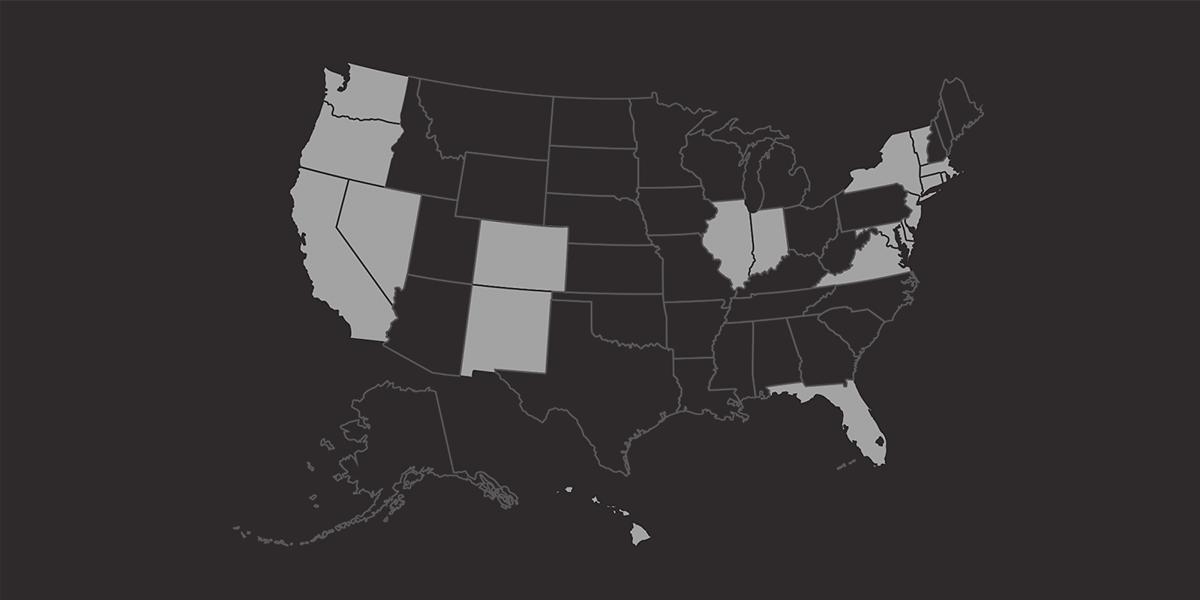Anatomy of the ERPO
How Shannon Frattaroli and Joshua Horwitz helped launch lifesaving extreme risk protection order laws.
In the wake of the 2012 massacre at Sandy Hook Elementary School, there was a universal refrain: We’ve got to stop mass shootings. A 2013 bill proposing expanded background checks and a ban on certain assault-style weapons lost on the Senate floor—a major defeat for advocates of common-sense gun laws. Josh Horwitz, JD, and Shannon Frattaroli, PhD ’99, MPH ’94—inaugural winners of the Sommer Klag Advocacy Achievement Award—found another path forward that all sides of the gun debate could embrace. Amid political deadlock, ERPOs provided “a clear path forward,” Frattaroli says. The pair “talked about the recommendations with anybody who would listen, and it turned out that a lot of people were interested.”
SUMMARY
In 2013, Horwitz and Frattaroli convened a group of experts and formed the Consortium for Risk-Based Firearm Policy. Its goal: Create evidence-based policy recommendations to prevent gun violence. They agreed that the evidence shows dangerous behaviors are the best predictor of violence, but policymakers and the media were focusing on mental illness.
SOLUTIONS NEEDED
- By the early 2010s, the U.S. was weary of gun deaths and mass shootings. The nation hungered for policy options. But what would they look like? To answer that question, Frattaroli and Horwitz, core faculty with the Center for Gun Violence Solutions, brought together experts from mental health, gun violence research, health care, and law enforcement to scour the evidence and find solutions.
NEED
The experts saw the need for a new legal tool for the temporary removal of firearms from people who are behaving dangerously to themselves or others.
HELP, NOT PUNISHMENT
- “We knew that we had a task to design a new prohibition. We needed other solutions that included looking at the characteristics of the individual people who were obtaining firearms,” says Horwitz. “We didn’t really care about the ‘whys’—we wanted to make sure we were getting people what we hoped would be seen as help, rather than getting them in trouble.”
SUICIDE PREVENTION
- The Consortium sought to address all gun deaths, including gun suicide. More than half of gun deaths in the U.S. are self-inflicted.
- Research in Connecticut estimates that for every 10–20 ERPO-style orders issued, one suicide is prevented. When it comes to suicide, “anything you can do to separate ideation and access to a gun saves lives,” says Horwitz.
"Maybe we don’t have to arrest someone if we can just hold their gun. If we’re worried about their mental health, maybe we don’t have to figure out some kind of criminal charge to hold them because they have guns. Maybe we can take the gun and allow them to get treatment without an arrest."
—Joshua Horwitz
CONCEPT
Revising prototype laws and incorporating lessons from domestic violence protection order laws, they developed what would become the extreme risk protection order (ERPO) concept.
Since people with mental illness are more likely to be victims of violence rather than perpetrators, ERPO focuses on mitigating risk as expressed through behavior.
GOOD MODEL
- ERPOs are an expansion of domestic violence restraining orders that exist in all 50 states. Evidence shows that restraining orders and removing guns from domestic violence situations are linked to reductions in partner homicide. These laws “are really not controversial,” says Frattaroli. “It resonates with people. It makes sense that if you’re abusive in the home, if you’re abusive to someone you love, then why would you be able to have a gun?”
RESULTS
Horwitz, Frattaroli, and colleagues tirelessly advocated for ERPO laws, hosting more than 20 forums nationwide and testifying before Congress.
ERPO laws are on the books in 19 states and Washington, D.C.
EFFECTIVE LAWS
- Data on ERPOs’ effectiveness so far is limited but promising. A 2019 analysis of California’s extreme risk laws found that in 21 orders, the subject showed clear signs that they intended to commit a mass shooting. After the orders were issued, no mass shootings, suicides, or homicides occurred. More studies are underway.
IMPACT MEASURED
- “The biggest issue right now is underutilization,” says Horwitz. As more data reveal how ERPOs are playing out, key questions center around equity: Are Black and brown communities able to access this new tool? Or are more traditional, punitive measures being used instead?
- “We have a number of research studies underway to really understand how these laws work. And if they’re working, in what context do they work? And how can we ensure that they are being implemented in a way that’s equitable and just?” Frattaroli adds.
